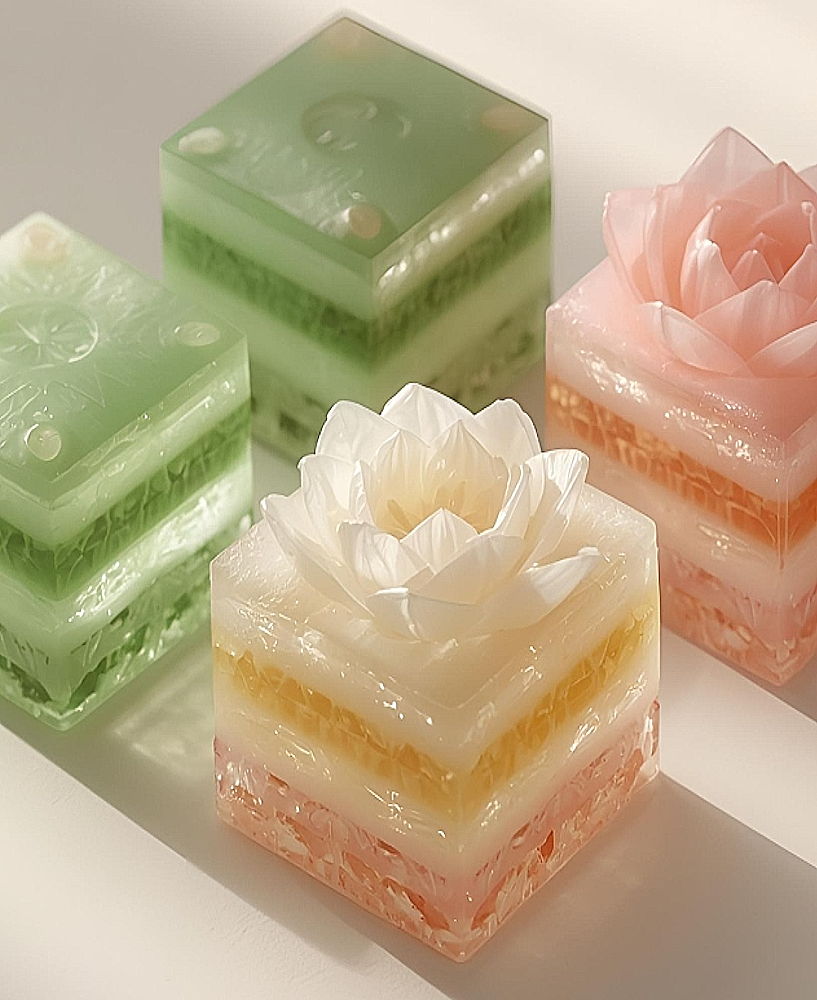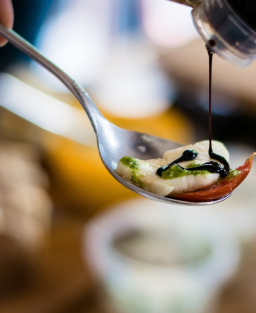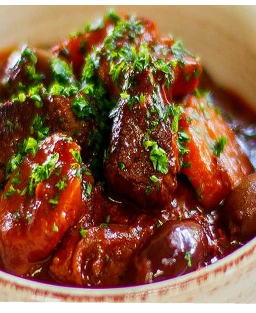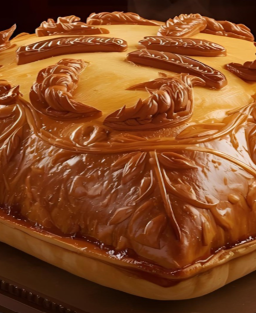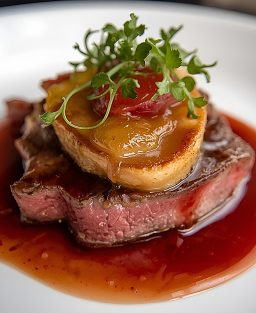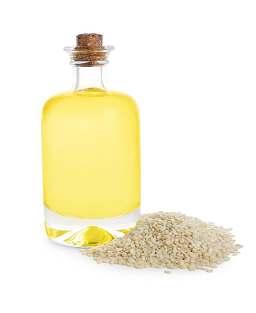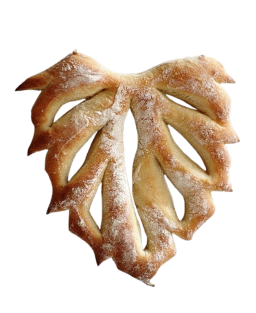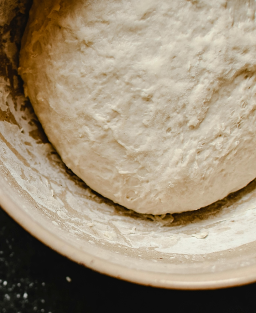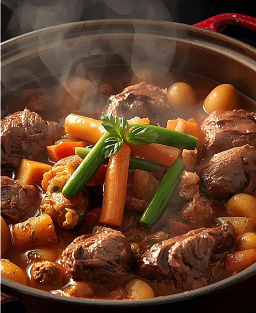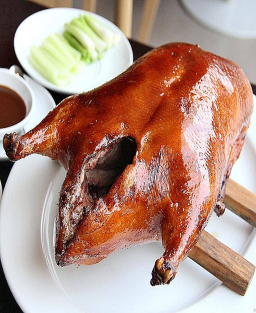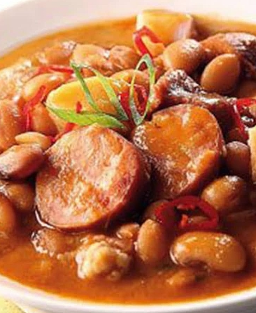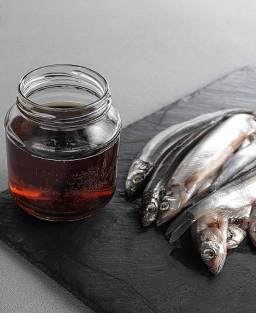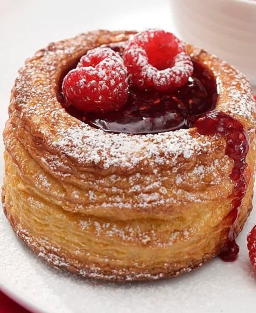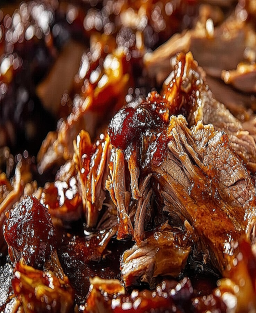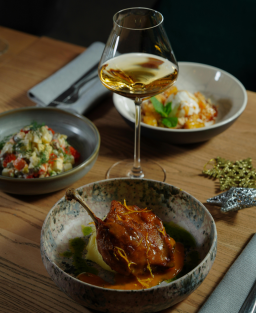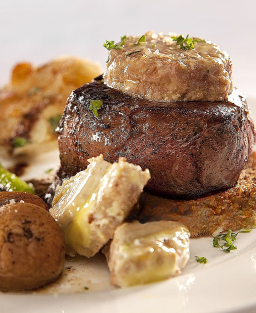Traditional Thai Recipe – Khanom Chan (ขนมชั้น) Layered Coconut and Glutinous Rice Dessert, Symbol of Reincarnated Love
Traditional Thai Recipe – Khanom Chan (ขนมชั้น)
Layered Coconut and Glutinous Rice Dessert, Symbol of Reincarnated Love
Anecdote (Traditional Old Thai)
"ขนมชั้นเปรียบดังความรักที่ไม่สิ้นสุด – ยิ่งแบ่ง ยิ่งหวาน ยิ่งห่าง ยิ่งคิดถึง"
(Khanom Chan prīap dang khwām rák thī mai sin sut – ying baeng ying wan, ying hàang ying khít thueng)
“Khanom Chan is like an endless love: the more it is shared, the sweeter it becomes; the farther apart one is, the deeper the longing.”
In the ancient villages of Siam, it was said that when two people truly loved one another, they should prepare together a nine-layer Khanom Chan, silently, by the light of an oil lamp.
Each layer represented a promise: respect, tenderness, fidelity, patience, trust, gratitude, hope, joy, and finally, reincarnation.
According to tradition, if all the layers cooked evenly, their love would transcend lifetimes.
If a layer cracked, it foretold that destiny would separate them before the next life.
Passed down through generations, this ritual made the Khanom Chan not merely a dessert but a spiritual offering of heart and soul.
Old Thai Script (อักษรไทยโบราณ – Literary Thai)
In the old villages of Siam, it was said:
“When a man and a woman love each other sincerely, they must prepare together a nine-layer Khanom Chan, in silence, under the light of an oil lamp.”
Each layer represents a vow:
that of respect, tenderness, fidelity,
patience, trust, gratitude,
hope, joy, and finally, rebirth within the same love.
According to tradition, if all nine layers steamed evenly, it meant that their love would overcome time and fate.
But if one layer cracked, it signified that destiny would part them before the next life.
This ritual, transmitted by ancestors over centuries, made Khanom Chan far more than a sweet—
it became a spiritual offering of love and an eternal bond of hearts.
Legend
During the reign of King Narai, there lived Princess Khamkaeo, renowned for her beauty and wisdom.
She fell deeply in love with a humble gardener named Chanta, whose only wealth was the purity of his gaze.
Their love blossomed secretly within the royal gardens, amidst lotus ponds and pandanus flowers.
One night, during a secret meeting, Khamkaeo created for him an unprecedented dessert—a coconut and glutinous rice sweet arranged in nine layers, symbolizing the ascent toward perfect love.
The green of pandan represented life; the white of coconut, purity.
But their secret was discovered. Enraged by this forbidden union, the king ordered Chanta’s execution.
Before her death, Khamkaeo whispered:
"หากเราตายไป ขอให้วิญญาณเรากลับมาในรสหวานนี้"
(“If we die, let our souls return within this sweetness.”)
From that day, legend tells that their souls were reincarnated within the layers of the Khanom Chan, forever united in the tenderness of coconut and the softness of rice.
Each time one tastes this dessert, it is said that one can feel Khamkaeo’s gentleness and Chanta’s loyalty—a love reborn in every bite, transcending death and time.
Meta Description
Discover the traditional Thai Khanom Chan recipe, a layered coconut and glutinous rice dessert symbolizing eternal and reincarnated love.
Country / Region
Country: Thailand (Former Kingdom of Siam)
Region: Central Thailand — Bangkok and Ayutthaya
Recipe Evolution:
Once reserved for royal ceremonies, the recipe evolved with the use of natural colorants (pandan, beetroot, taro) and modernized steaming techniques.
Today, it is presented in festive multicolored versions, symbolizing prosperity and good fortune.
History
Khanom Chan (ขนมชั้น), literally “layered sweet,” originated in the royal kitchens of 17th-century Siam, during the reign of King Narai the Great (สมเด็จพระนารายณ์มหาราช).
This refined dessert symbolized hierarchy and prosperity: each layer represented a step toward success and virtue.
Over time, it spread throughout the country and became a traditional offering at Buddhist ceremonies, weddings, and festive occasions, as the number nine (kao – เก้า) represents luck and continuity in Thai culture.
Influential Thai Masters and Chefs
-
Khrua Bunsri (ครัวบุญศรี), Bangkok, 19th century: codified the royal nine-layer version perfumed with pandan, served at temples and palace banquets.
-
Chef Arun Suksawat (อรุณ สุขสวัสดิ์): introduced natural floral colorings (butterfly pea, lotus, turmeric) and perfected the glossy steamed finish.
-
Chef Chumpol Jangprai (ชุมพล แจ้งไพร): in the modern era, reinterpreted the dessert with infused coconut, jasmine, and fresh pandan reduction.
-
Mae Khrua Wanthong (แม่ครัววันทอง): Ayutthaya, 18th century; first documented the recipe in a royal manuscript, linking each layer to a moral virtue.
-
Chef Phayom Thongsiri (พยอม ทองศิริ): early 20th century, Suphanburi region; adapted the recipe using local rice flour, artisanal coconut milk, and covered charcoal steaming.
-
Chef Kannika Phusit (กรรณิการ์ ภูษิต): Chiang Mai, mid-20th century; created a northern version with soy milk and cananga flower, softened with hibiscus.
-
Chef Vichit Mukura (วิชิต มุกุระ): Bangkok, 21st century; brought Khanom Chan into contemporary gastronomy, serving it in elegant tasting portions.
-
Chef Pailin Chongchitnant (ไพลิน จงจิตต์นันท์): present day; popularized the recipe internationally through her educational approach blending tradition and modernity.
Recipe Description
Khanom Chan is a traditional dessert made from glutinous rice flour, tapioca flour, coconut milk, and palm sugar, steamed layer by layer.
Its soft, elastic texture and pandan fragrance evoke gentleness, purity, and harmony.
Traditionally cut into squares or lotus flowers, it is served chilled, often accompanied by jasmine tea.
Ingredients (Serves 8)
-
Glutinous rice flour: 250 g
-
Tapioca flour: 150 g
-
Palm sugar: 220 g
-
Thick coconut milk: 500 ml
-
Pandan-infused water: 200 ml
-
Fine salt: 1 pinch
-
Natural colorants (pandan juice, taro, beetroot, turmeric, depending on layer)
Professional Preparation
Total time: 1 hr 30 min
Steaming time: 45–60 min
-
Base mixture
-
Sift both flours.
-
Gently heat the coconut milk with sugar and salt (do not boil, ≤ 85°C).
-
Gradually pour into the flours, whisking until smooth.
-
-
Divide and color
-
Separate the mixture into 2 or 3 bowls depending on desired colors (green pandan, natural white, purple taro).
-
Adjust consistency: smooth and slightly thick.
-
-
Layer steaming
-
Grease a square stainless mold (20 × 20 cm).
-
Pour the first layer (approx. 3 mm thick).
-
Steam 5–7 minutes until set.
-
Repeat for all 9 layers, alternating colors.
-
Let cool for at least 2 hours before unmolding.
-
-
Finishing
-
Cut into 4 × 4 cm diamonds with a lightly oiled knife.
-
Brush lightly with warm coconut milk for gloss.
-
Food Safety Guidelines
-
Maintain a constant steaming temperature of 100°C.
-
Use pasteurized coconut milk.
-
Store ≤ 4°C, maximum 48 hours (HACCP standards).
Regional Versions and Variations
-
Southern version (Phuket): includes mung bean flour and cananga flower, denser and creamier; served at Sino-Thai weddings.
-
Modern tricolor version (Sam Si): pandan green, lotus pink, and turmeric yellow—symbolizing vitality, purity, and prosperity.
-
Royal Ayutthaya version: nine green layers, representing longevity, served in King Narai’s court.
-
Northern version (Chiang Mai): made with soy milk and wild cananga blossom, less sweet, molded with protective flower motifs.
-
Eastern version (Chanthaburi): infused with butterfly pea for sapphire-blue color and local durian essence.
-
Northeastern version (Isan): toasted glutinous rice flour and lightly fermented coconut milk for a smoky, tangy taste.
-
Bangkok version: glossy and elegant, decorated with gold leaf for Buddhist ceremonies.
-
Contemporary vegan version: replaces coconut milk with rice milk and light palm sugar.
-
Hua Hin floral version: jasmine-scented, served in luxury hotels.
Tips and Secrets
-
Do not oversteam each layer; gentle steaming keeps the texture elastic.
-
Always use fresh pandan leaves for authentic aroma.
-
Chef’s tip: strain the batter before steaming for perfectly smooth layers.
Serving Suggestions
Presentation: multicolored translucent squares arranged on a black lacquer plate over a banana leaf.
Traditional pairing: jasmine tea, lemongrass infusion, or chilled coconut milk.
Beverage recommendations:
-
Local: pandan iced tea or coconut milk.
-
Modern: Thai dessert wine Monsoon Valley Chenin Blanc Late Harvest.
Nutritional Values (per 100 g)
-
Energy: 230 kcal (960 kJ)
-
Fat: 7.5 g
-
Carbohydrates: 38 g
-
Protein: 2 g
-
Fiber: 0.8 g
-
Allergen: coconut
-
Gluten-free, suitable for vegetarians and vegans.
Glossary
-
Pandan (ใบเตย): aromatic tropical plant widely used in Thai desserts.
-
Khanom: generic Thai term for “sweet” or “dessert.”
-
Steaming: gentle cooking method ensuring uniform gelatinization.
-
Tapioca: cassava starch that provides elasticity and shine.







